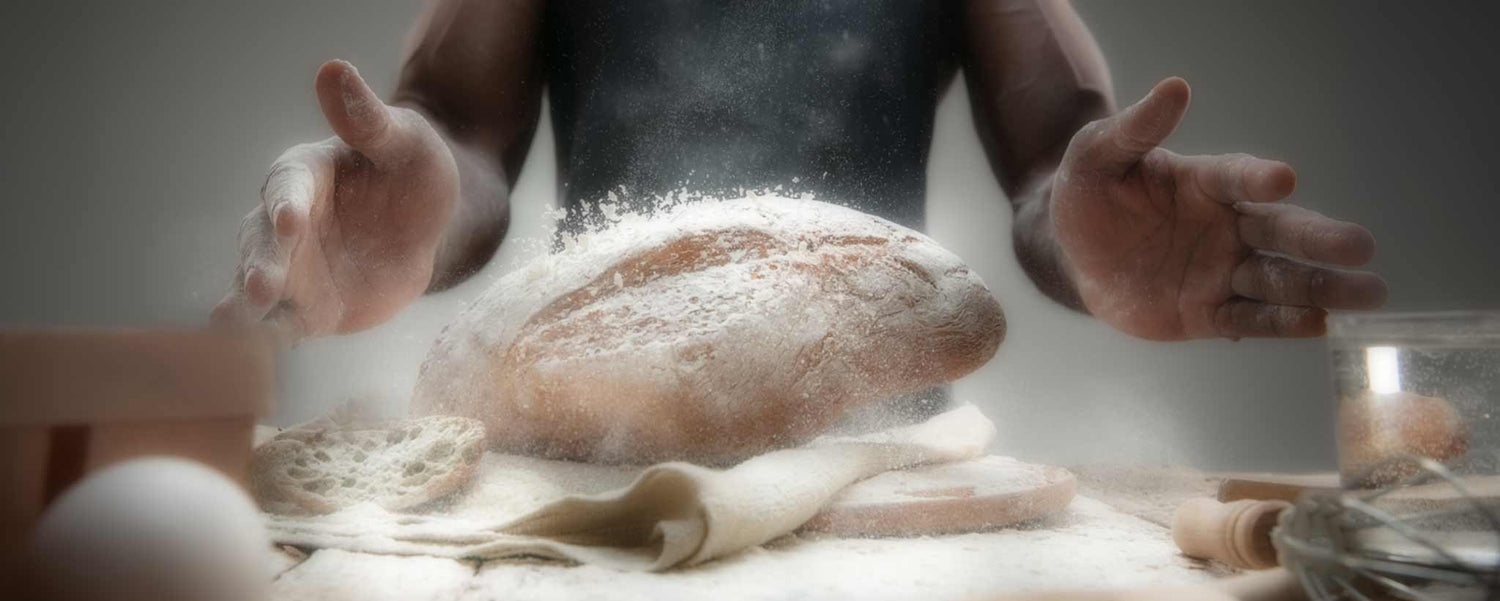Two of the most difficult aspects of celiac disease are recognizing you have it and adjusting your lifestyle after acknowledging it.
This article provides helpful medical advice through the narrative of a fictional patient.
What is Celiac Disease?
Celiac disease is an autoimmune disorder that affects the small intestine. Ingestion of gluten, a protein found in wheat, rye, and barley, triggers it. Symptoms of celiac disease include abdominal pain, diarrhea, weight loss, fatigue, and bloating. In some cases, skin rashes, anemia, and joint pain can occur.
The exact cause of celiac disease is unknown, but experts believe it’s due to a combination of genetics and environmental factors. Scientists associate common gene variants like HLA-DQ2 and HLA-DQ8 with the disorder. While consumption of gluten and internal bacterial overgrowth are causative, other grains have been linked to celiac disease development.
On her way home from work each day, Emily stops by her favorite bakery to watch the chef put on a show with bread. From aerial tosses and clouds of white flour, warm, fresh bread emerges that delights the taste buds of gathered audiences.
Lifestyle After Celiac Diagnosis
Emily has been struggling to improve her complexion, resolve bloating, and reduce frequent trips to the restroom. She tried herbs and online custom skin formulations without success. So she visited a doctor for advice.
Diagnosis of celiac disease is difficult because symptoms are often silent and not always present. A combination of blood tests and biopsy of the small intestine provides an accurate diagnosis.
Long-term treatment for celiac disease involves a gluten-free diet. This requires avoiding foods containing gluten, such as wheat, rye, and barley. There is also a risk of cross-contamination, so it is important to read food labels carefully.
Living with celiac disease can present challenges both at home and out in the world. Following a strict gluten-free diet can make eating difficult, expensive, and time-consuming, especially when dining out. Additionally, there is a risk of cross-contamination when eating away from home.
It’s also important to be aware of hidden gluten sources. This includes processed foods, sauces, soups, imitation seafood, some vinegars, beer and malt, flavored coffees and teas, mustard, and self-basting poultry.
A gluten-free diet can also be beneficial for those without celiac disease. Research has shown that a gluten-free diet helps with weight loss, reduces inflammation, and improves gut health.
The most important part of living with celiac disease is becoming informed and staying aware. Understanding food labels, knowing where the risk of cross-contamination is highest, and recognizing possible hidden sources of gluten can help manage symptoms of celiac disease.
Open communication with family, employers, and medical professionals is also key to managing the disease. With a proper diagnosis, Emily’s skin is clearing up, and she has fewer digestive issues.
To support the writing of useful articles about gastroenterology, ClinicalPosters sells human anatomy charts, scientific posters, and other products online. You may sponsor specific articles, become a ClinicalNovellas Member, or remit a small donation.
ClinicalPosters sells human anatomy charts, scientific posters, and other products online to offset expense of the writing useful articles about gastroenterology. Slide extra posters into DeuPair Frames without removing from the wall.
Show your support by donating, shopping for ClinicalPins, becoming a ClinicalNovellas Member, or leaving an encouraging comment to keep the research going.
To support the writing of useful articles about gastroenterology, ClinicalPosters sells human anatomy charts, scientific posters, and other products online. You may sponsor specific articles or remit a small donation.
ClinicalPosters sells human anatomy charts, scientific posters, and other products online to offset expense of the writing useful articles about gastroenterology. Slide extra posters into DeuPair Frames without removing from the wall.
ClinicalPosters sells human anatomy charts, scientific posters, and other products online. You may remit a small donation or become a ClinicalNovellas Member.
You can support the writing of useful articles about gastroenterology by sponsoring specific articles, becoming a ClinicalNovellas Member, or remitting a small donation.






 Romance & Health Intertwine. Fall in love with a captivating romance miniseries that explores the essence of well-being. Become a ClinicalNovellas member for heartwarming tales.
Romance & Health Intertwine. Fall in love with a captivating romance miniseries that explores the essence of well-being. Become a ClinicalNovellas member for heartwarming tales.





